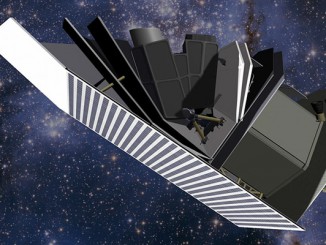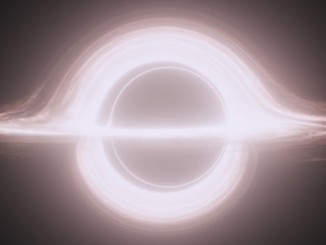
News

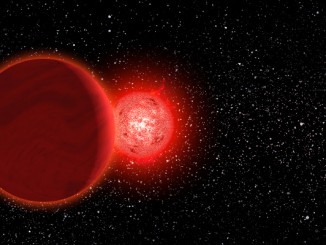



Photos from Rosetta’s Valentine’s Day comet close-up
Europe’s Rosetta spacecraft — six months into its research mission at comet 67P/Churyumov-Gerasimenko — made its closest flyby of the comet’s boulder-strewn nucleus Saturday, capturing new photos and measurements to help scientists unravel how the duck-shaped body is evolving on its orbit around the sun.
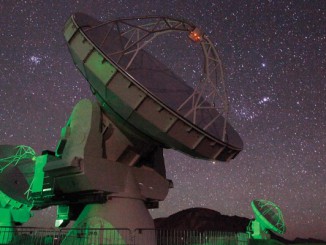
ALMA sees super stellar nurseries at heart of starburst galaxy
Starburst galaxies transmute gas into new stars up to 1,000 times faster than typical spiral galaxies like the Milky Way. To try and understand why, an international team of astronomers used the Atacama Large Millimeter/submillimetre Array (ALMA) to dissect a cluster of star-forming clouds at the heart of NGC 253 — one of the nearest starburst galaxies.
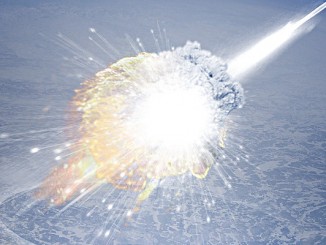
The day it rained fire over Chelyabinsk
Two years ago, on February 15th, the morning routine of the Chelyabinsk region in Russia was shattered by the arrival of a 20-metre-wide meteoroid that dramatically fragmented in the atmosphere. The ensuing shockwave shattered windows, damaged buildings and 1,491 people received injuries. What have we learned since 2013?
